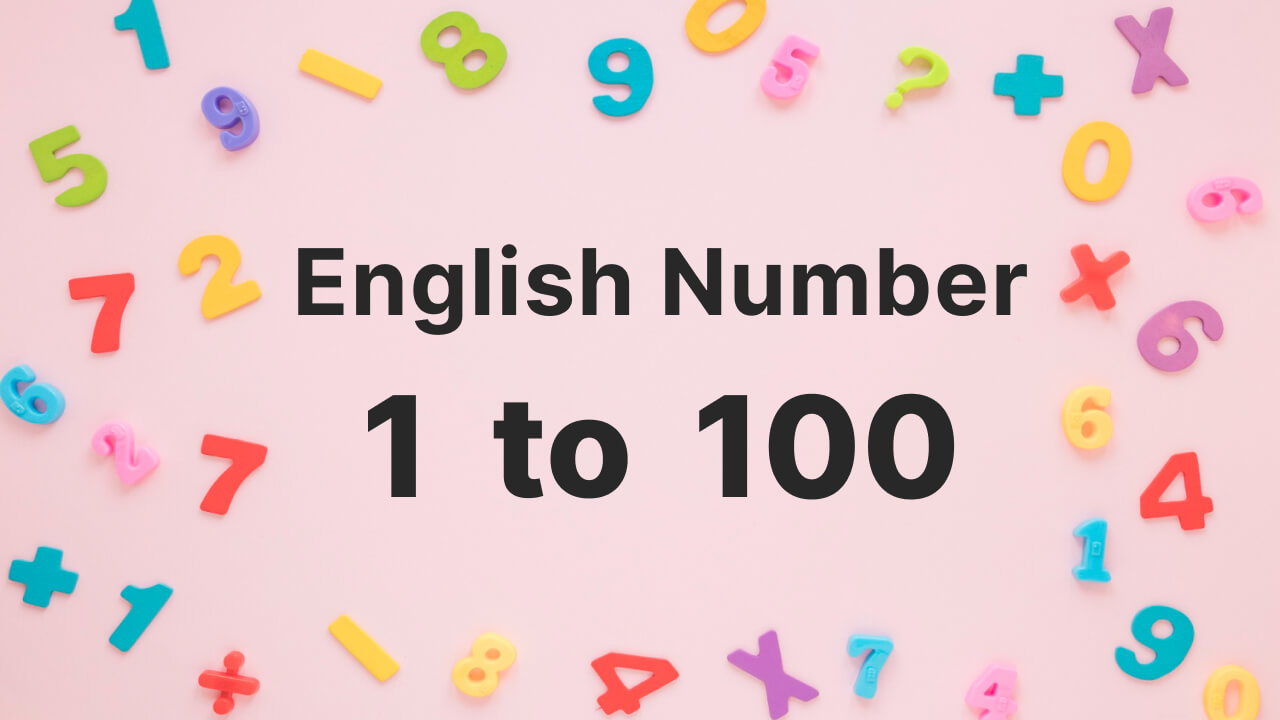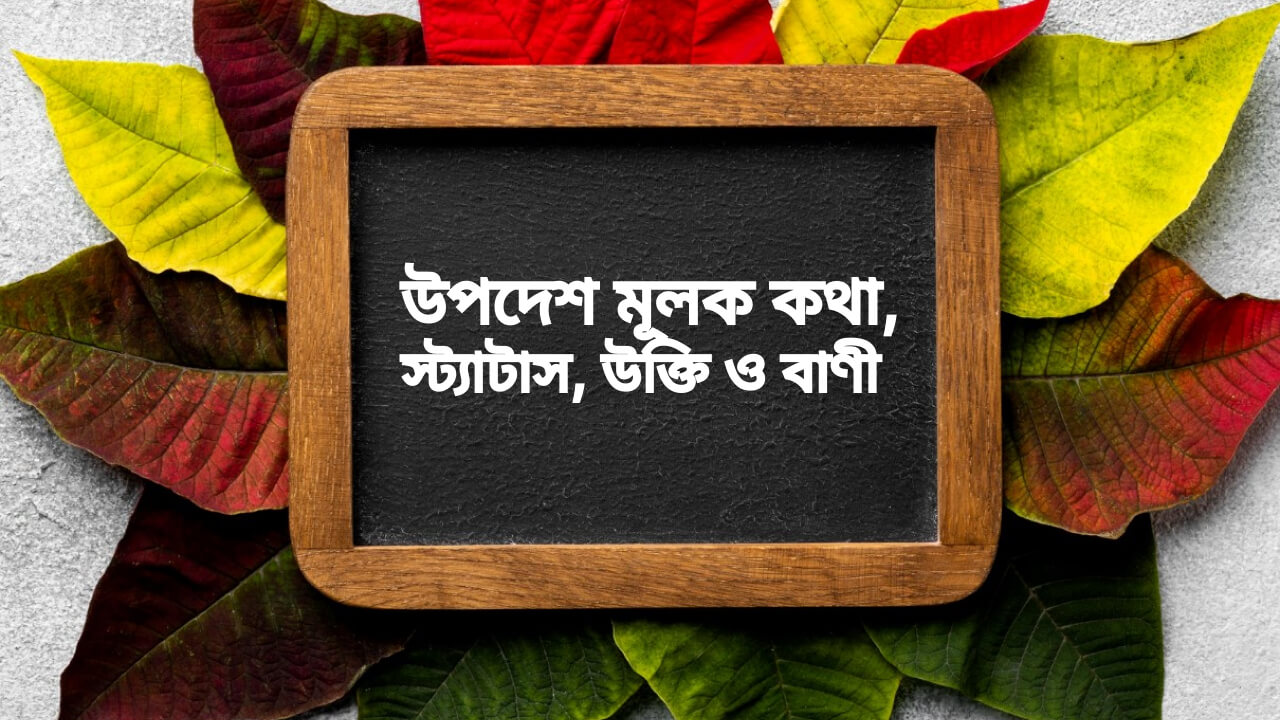
“The English number system is a blend of influences, with roots in ancient tally marks, Roman numerals, and the revolutionary positional notation from India.” “Though standardized around the 15th century, remnants of its fascinating evolution remain in unique terms like ‘eleven’ and ‘twelve’.” This Article is about English number 1 to 100.
List of Number Names from 1 to 100
| English Number | English Names of Numbers |
|---|---|
| 0 | zero |
| 1 | one |
| 2 | two |
| 3 | three |
| 4 | four |
| 5 | five |
| 6 | six |
| 7 | seven |
| 8 | eight |
| 9 | nine |
| 10 | ten |
| 11 | eleven |
| 12 | twelve |
| 13 | thirteen |
| 14 | fourteen |
| 15 | fifteen |
| 16 | sixteen |
| 17 | seventeen |
| 18 | eightteen |
| 19 | nineteen |
| 20 | twenty |
| 21 | twenty one |
| 22 | twenty two |
| 23 | twenty three |
| 24 | twenty four |
| 25 | twenty five |
| 26 | twenty six |
| 27 | twenty seven |
| 28 | twenty eight |
| 29 | twenty nine |
| 30 | thirty |
| 31 | thirty one |
| 32 | thirty two |
| 33 | thirty three |
| 34 | thirty four |
| 35 | thirty five |
| 36 | thirty six |
| 37 | thirty seven |
| 38 | thirty eight |
| 39 | thirty nine |
| 40 | forty |
| 41 | forty one |
| 42 | forty two |
| 43 | forty three |
| 44 | forty four |
| 45 | forty five |
| 46 | forty six |
| 47 | forty seven |
| 48 | forty eight |
| 49 | forty nine |
| 50 | fifty |
| 51 | fifty one |
| 52 | fifty two |
| 53 | fifty three |
| 54 | fifty four |
| 55 | fifty five |
| 56 | fifty six |
| 57 | fifty seven |
| 58 | fifty eight |
| 59 | fifty nine |
| 60 | sixty |
| 61 | sixty one |
| 62 | sixty two |
| 63 | sixty three |
| 64 | sixty four |
| 65 | sixty five |
| 66 | sixty six |
| 67 | sixty seven |
| 68 | sixty eight |
| 69 | sixty nine |
| 70 | seventy |
| 71 | seventy one |
| 72 | seventy two |
| 73 | seventy three |
| 74 | seventy four |
| 75 | seventy five |
| 76 | seventy six |
| 77 | seventy seven |
| 78 | seventy eight |
| 79 | seventy nine |
| 80 | eighty |
| 81 | eighty one |
| 82 | eighty two |
| 83 | eighty three |
| 84 | eighty four |
| 85 | eighty five |
| 86 | eighty six |
| 87 | eighty seven |
| 88 | eighty eight |
| 89 | eighty nine |
| 90 | ninety |
| 91 | ninety one |
| 92 | ninety two |
| 93 | ninety three |
| 94 | ninety four |
| 95 | ninety five |
| 96 | ninety six |
| 97 | ninety seven |
| 98 | ninety eight |
| 99 | ninety nine |
| 100 | one hundred |
Rules to Write 1 to 100 Number Names
There are certain rules that can be followed while writing one to hundred spellings. These rules are explained here in detail.
Rule 1: For numbers 1-20, we can directly refer to the chart of number names 1 to 100 given above because these numbers from 1 to 20 have unique number names and spellings. For example, the number name of 4 is Four, the number name of 11 is Eleven, the number name of 18 is Eighteen, and so on.
Rule 2: After the number name of 20, we should understand the pattern that is followed. Once we understand the pattern in which the number names are written it becomes easy for us to teach the students. For example, if we count the twenty series, we have twenty-one, twenty-two, twenty-three, and so on. Similarly, when we start with the thirty series, we have thirty-one, thirty-two, thirty-three, and so on. This rule applies up to 99 and then we reach 100 – Hundred.
How to Write Numbers in words?
The rules to write the numbers in words are discussed here. To write any number in the form of words, we have to check the place value. Let us learn this by observing the below steps.
- The place value of one’s, a number from 1 to 9 is written in words as, one, two, three, four, five, six, seven, eight and nine.
- The least number which is at tens place is 10, which is written in words as ten.
- The numbers from 11 to 19 are written in words as, eleven, twelve, thirteen, fourteen, fifteen, sixteen, seventeen, eighteen and nineteen. And the next number is twenty.
- After twenty, the numbers follow the pattern in such a way that they are written in words as thirty, forty, fifty, sixty, seventy, eighty, ninety and so on.
- The preceding numbers are linked with these words and mentioned from one to nine. For example, twenty-one, twenty-two, etc.
For example, if we have to write Rs.40,000 in words, then it will be written as:
Rs.40,000 – Forty thousand rupees only.
History of English Numbers
From tally marks scrawled in ancient caves to the intricate language of “eleven million, two hundred seventy-four,” English numbers carry a rich history within their symbols. Early humans likely used tally systems, evolving into complex Egyptian and Roman numerals. The game-changer came with the arrival of positional notation from India, around the 8th century. These “Hindu-Arabic” numerals, with a crucial zero and place value, offered flexibility and efficiency. But their journey wasn’t smooth. Medieval Europe saw variations adapted from Arabic versions, with inconsistencies persisting for centuries. Finally, by the 15th century, the standardized system we use today emerged, influenced by French and Latin. Though seemingly simple, echoes of this evolution remain in quirky exceptions like “eleven” and “twelve,” adding a layer of historical charm to our everyday counting. So, the next time you write a date or calculate a sum, remember, your English numbers hold a fascinating story of human ingenuity and cultural exchange.
Conclusion
English numbers are so important in today’s world that it is almost impossible for us to conduct our daily life properly without English numbers. So nowadays every person should know about English numbers. In this article we have tried to give an idea about English numbers 1 to 100. If you like our article then share it with your friends and stay with us. Thank you.













